I recently had the good fortune to participate in a week-long academic exchange to Israel, along with 20 or so other political scientists and historians. Because Israel isn’t one of the countries I have a lot of knowledge of, I thought this might be an opportunity to learn more about the country and wider region.
My mom’s side of the family is Jewish, and I have distant relatives who died in the Holocaust and some who escaped death from Auschwitz. While the immense human suffering of the Holocaust makes me sympathetic to the Jewish people, the Palestinians’ plight and oppression are also compelling, notwithstanding their use of violence and terrorism as a tactic. The growth of Israeli settlements in the West Bank led me to have an ambivalent attitude towards Israel, as I saw the settlements as the primary impediment to realizing a two-state solution and a peaceful reconciliation of the long-standing conflict between the Jews and Palestinians.
I thought this trip would force me to deal with those contradictions. I was put at ease by the organizers and alumni who emphasized that we would be exposed to a diversity of perspectives. Unlike some other trips that have a proselytizing mission, we met with just about everyone, including ultra-orthodox Jews, Israeli Arabs (though they prefer “Palestinian citizens of Israel”), Israeli settlers, Palestinians from East Jerusalem and the wider West Bank, secular Jews, people from the minority Druze community, and more. We met with lawyers, academics, pollsters, journalists, clergy, government officials, historians, social scientists, think tank officials, local activists. We saw Gaza from just outside the walls. We took helicopters from outside Tel Aviv to the border with Lebanon, over to the Golan Heights and then over the West Bank by the Sea of Galilee to Jerusalem. We toured the Western Wall and the Dome of the Rock on Table Mount. We visited the Church of the Holy Sepulchre. We went to Ramallah and met with Palestinian officials. We met with Jewish settlers on the West Bank. We went to the Holocaust Museum. Perhaps the only perspective missing was from Hamas.
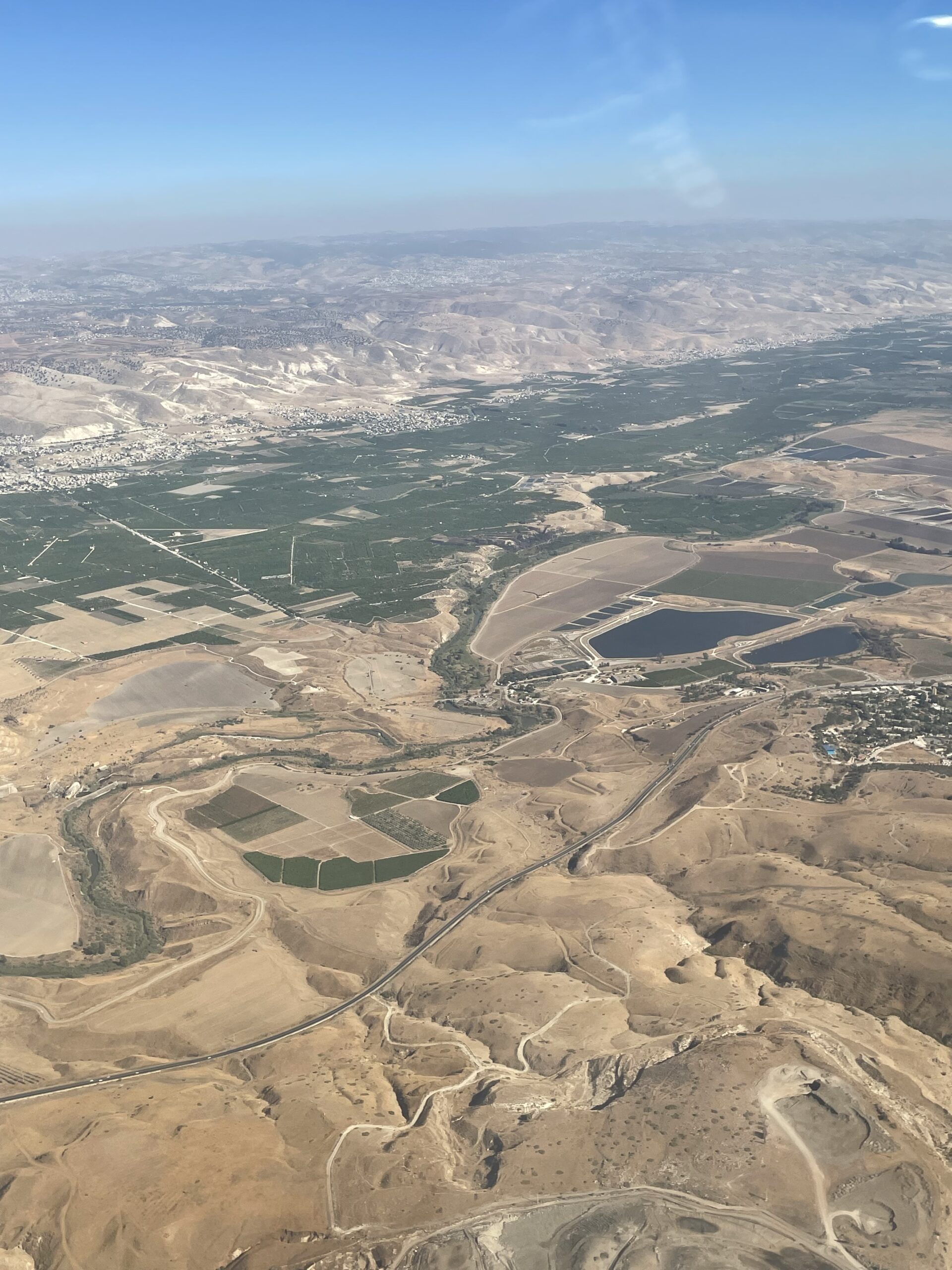
Pro-Democracy Protests in Israel
If you have been following the news about Israel, you’d know that the country is being convulsed by months and months of protests, as Prime Minister Netanyahu seeks to dramatically reduce the role of Israel’s Supreme Court in its ability to check the power of the government. Tens of thousands have marched once or twice weekly for more than half a year to protest the government’s actions. It is perhaps the most searing division in Israel since the early 1990s and possibly since its founding. Tens of thousands of military reservists have threatened to not perform their duties or resigned if these measures go forward, and labor unions have threatened national strikes.
The protests are notionally about defending Israel’s democracy. The Israeli parliament is unicameral. There is no other counter-weight to the executive other than the Court. While the organizers have deliberately downplayed the degree to which the protests are about Israel’s relationship with the Palestinians and the West Bank, the subtext of the protests is exactly about that. The current government has its narrow parliamentary majority on the strength of a couple of extreme right religious parties who are seeking to extend and legalize the 100+ settlements and wildcat settler outposts in the West Bank in a de facto and perhaps ultimately de jure creeping annexation of the West Bank.
The Supreme Court has been the only bulwark against those moves by periodically declaring illegal some settlements, particularly those that are built on private land owned by Palestinians. The variety of measures the Netanyahu government is proposing to defang the Court are to amend its powers and change the composition of the Court so it will be more friendly to these moves. However, either de facto or de jure annexation of the West Bank would mean a formal end to the two-state solution. In the absence of formal citizenship rights for the Palestinians on the West Bank, that would mean a permanent occupying presence of Israel in one state.
The growing electoral and demographic weight of the ultraorthodox Jewish community in Israel and other religious groups present a threat to secular Jews who worry that there will be further public efforts to impose a vision of religiosity on Israel itself. The protests against the Court reforms have broader public support than the traditional Israeli left, which has been in the political wilderness for most of the past 20 years. Efforts to tie the protests to the Palestinians would undercut their broader appeal.
We witnessed one of those protests in Jerusalem, and we had ample discussions with leading Israeli figures who discussed what the proposed “reforms” mean and what is the likely outcome going forward. The first measure – removing the Supreme Court’s ability to use the so-called “reasonableness” doctrine to knock down certain legislation – passed the Israeli parliament earlier this summer. The government paused pursuit of three other measures that might defang the court. Meanwhile, the Supreme Court will rule on the legality of the measure that was passed to limit its authority in early September.
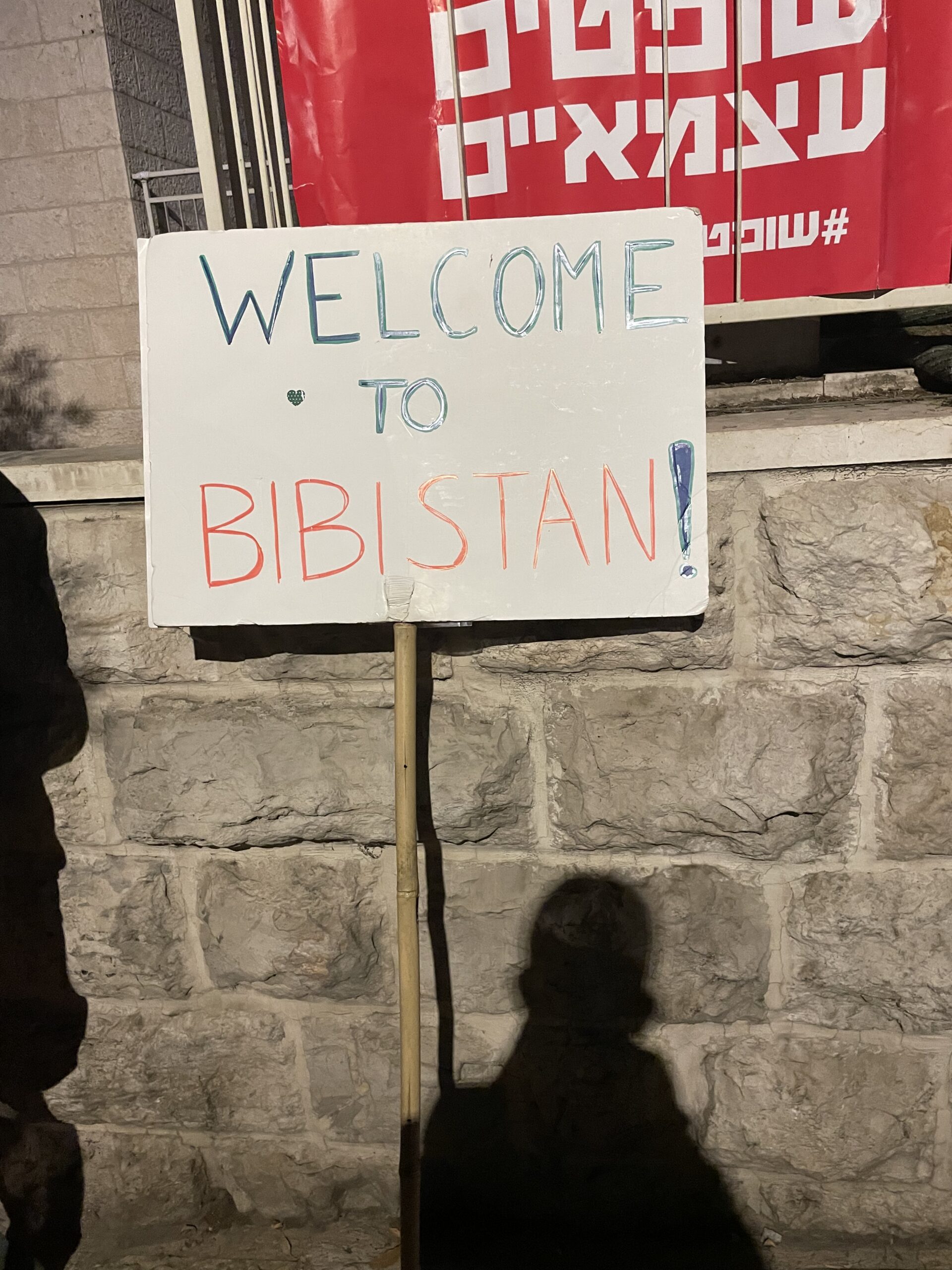
If the Court rules that the measure knocking down the reasonableness statute is itself unreasonable, the Netanyahu government could trigger a “constitutional” crisis by declining to follow the Court’s ruling (Israel has no formal constitution but a series of Basic Laws that can be altered by the parliament Itself). Where that would lead is anyone’s guess but nothing good would come from that outcome.
Israel and the Palestinians
Coming back to the relationship with the Palestinians, perhaps the most startling thing about Israel and the settlements is that the country is so tiny that the Palestinians in Gaza and the West Bank and Israelis are in close proximity to each other. That means Israeli cities are vulnerable to rocket fire from Palestinian cities like Gaza (for which Israel with U.S. support has developed an elaborate defense system called Iron Dome).
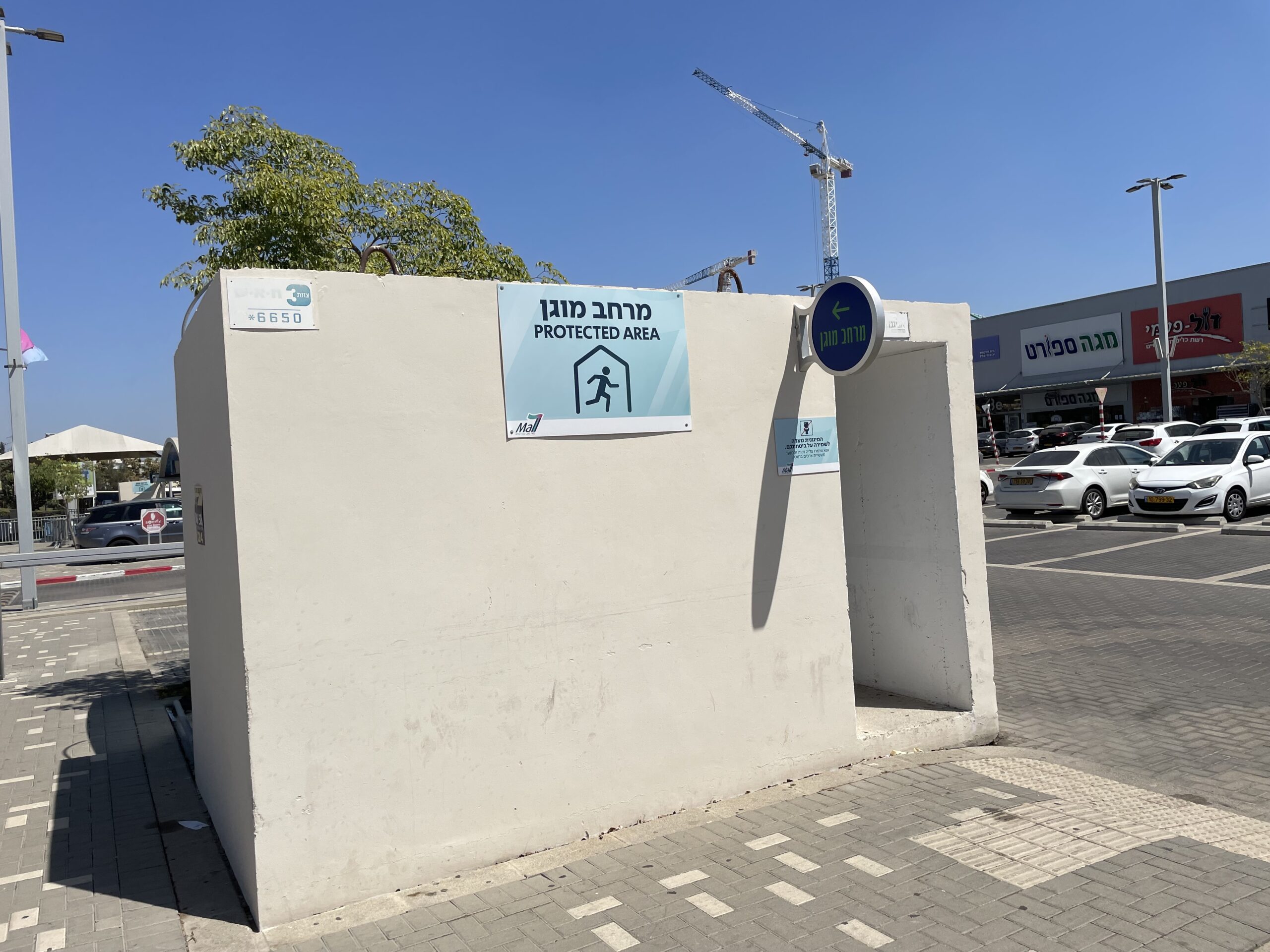
While most of the settlements are extensions of broader Jerusalem, there are a number of others that cut deeper into the West Bank, increasingly carving the West Bank up into a fragmented landscape of Palestinian towns and communities side-by-side with Jewish settlements, either formal ones authorized by the Israeli government itself or illegal wildcatter outposts. There are now between 500,000 to 750,000 Israeli settlers on the West Bank, up from maybe 100,000 in the 1990s at the height of the Oslo Peace Process which committed to a two-state solution. Most settlers are still close to Jerusalem and many moved to these locations because land prices are cheap but a smaller number of Israeli settlers are ideologically committed.
However, there are elaborate efforts to shield these Israeli settlements from Palestinians including border fences, checkpoints, and segregated Israeli-only roads. A variety of measures impose tremendous hardship on Palestinians’ freedom of movement. And that’s in the West Bank. The tiny Gaza Strip on the southern border with Egypt is essentially an open-air prison where 2 million plus Palestinians are confined inside a massive border fence on three sides and a sea on the other. Only some 20,000 or so Palestinians have work permits to work in Israel (down from some 100,000 at their height). The flow of traffic in and out of Gaza is strictly controlled by Israel and Egypt. Since the violent Islamist group Hamas came to rule the Gaza Strip in the mid 2000s after violently ousting the Palestinian Authority out of a shared governance arrangement, Gaza has essentially been territory non-grata to Israel.
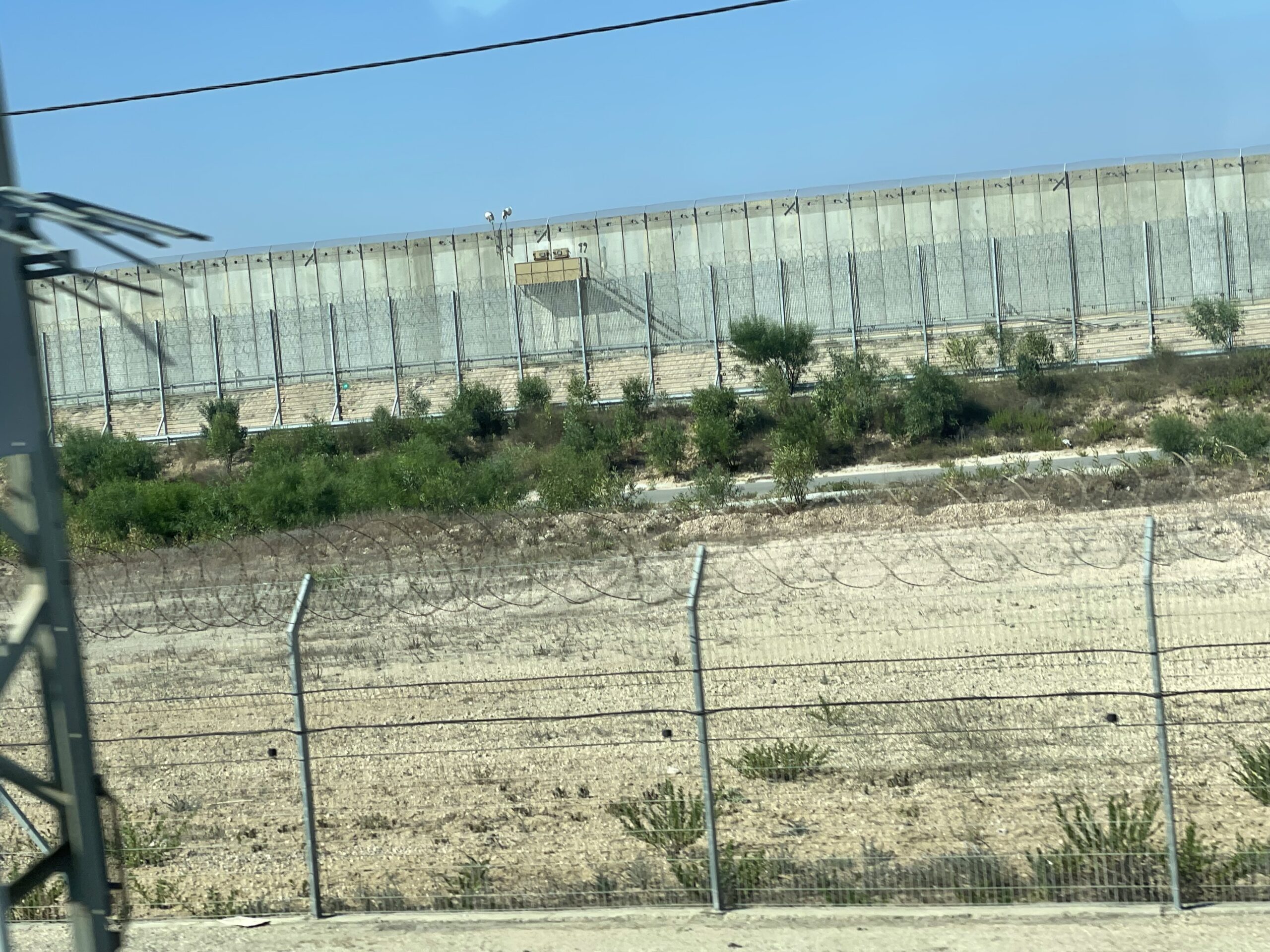
Israel doesn’t know what to do about the current situation with the Palestinians either in the West Bank or Gaza. Israelis of all political stripes feel vulnerable to the potential violence emanating from rocket fire from Gaza and the fairly frequent terrorist attacks of individual Palestinians who somehow make their way through various checkpoints. Israel withdrew from Gaza and dismantled the settlements there in the mid 2000s and Gaza was almost immediately taken over by Hamas. The West Bank is ruled notionally by an 87 year old Mahmoud Abbas of the Palestinian Authority who hasn’t held an election since 2006. He rightfully fears an election would be won by Hamas.
The Palestinian Authority is sclerotic and seen as corrupt and essentially the JV team doing the bidding of Israeli security forces. The Palestinian Authority’s authority itself is compromised. Some 60% of the West Bank is under the direct control of Israel, so-called Area C. Areas A and B of the West Bank, where Palestinian populations are concentrated, are notionally more under Palestinian control, but even there, PA control is limited. The Israeli military ultimately calls the shots.
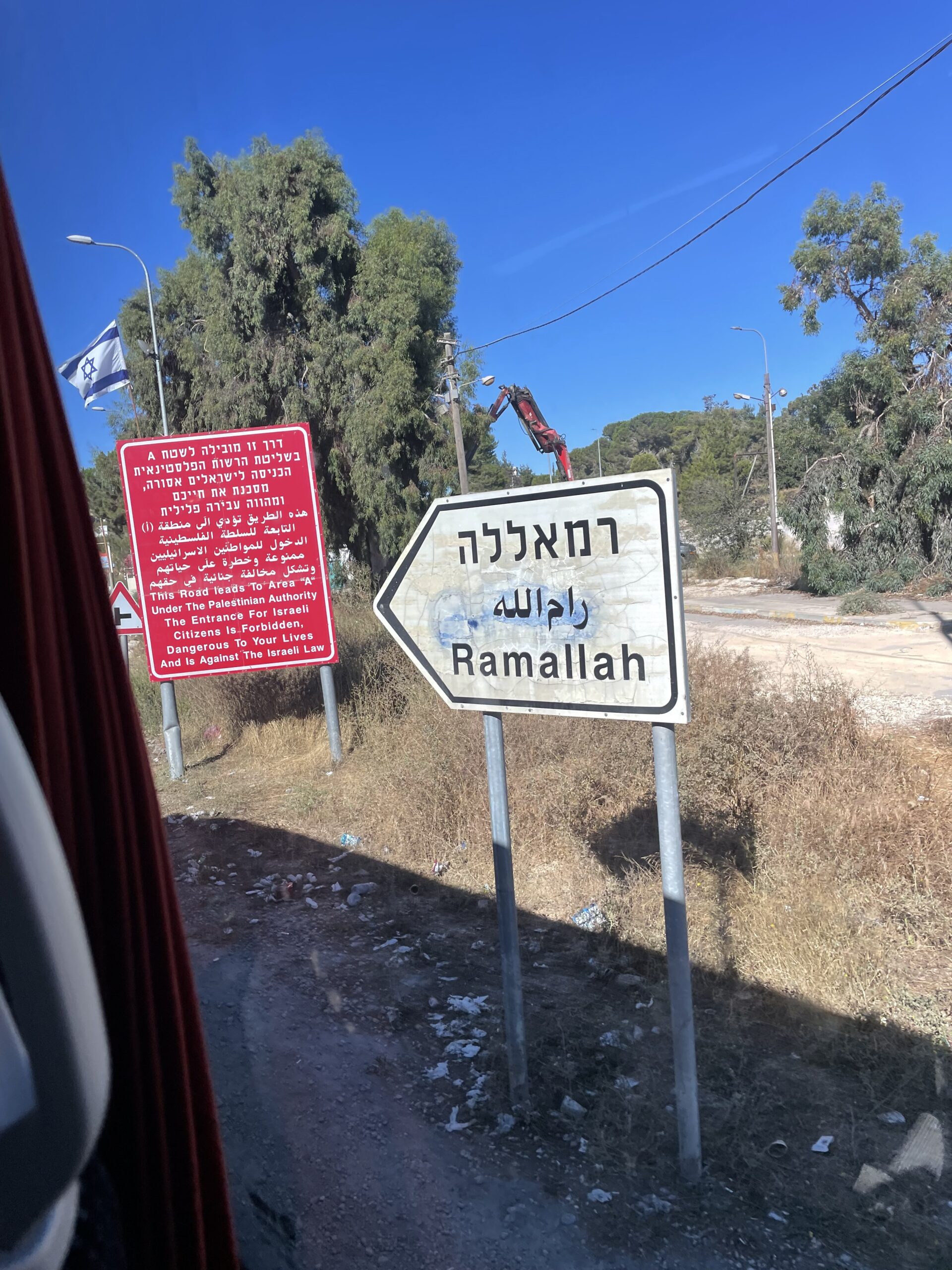
On some level, the ever expanding nature of the settlements means creeping annexation of Israel by the settlements, rather than the other way around. Some Israelis see the settlements as a cancer on Israeli society, as permanent occupation forces Israel to shed its democratic liberal character to violently impose its will on the Palestinians. For their part, defenders of the settlements see the lands of Judea and Samaria as biblically important regions of historic Judaism to which Israel has a rightful legal claim, dating back to the 1917 Balfour Declaration from the British government that Palestine should become the national home for the Jewish people. The problem is that Judea and Samaria are precisely the West Bank territory that was to form the corpus of the Palestinian state under the Oslo Peace Accords.
Two States or One?
When Israel won what it considers to be a defensive Six-Day War against regional neighbors in 1967, it occupied the Golan Heights (which had been the territory of Syria), Gaza (which had been held by Egypt), and the West Bank (which had been held by Jordan since the armistice after Israel’s war of independence in 1948). What the UN Security Council considered to be a temporary occupation by Israel in 1967 has since lasted 50 plus years. The two-state solution was intended to put an end to that, but Israel’s unilateral withdrawal from Gaza did not inspire confidence and the increased presence of settlements in the West Bank led a number of Israeli and Palestinian interlocutors to conclude that the two-state solution is now dead and there will now only be one Israeli state extending across all of the West Bank.
A one-state solution in which Israel effectively annexes the West Bank has led a number of critics to compare the occupation to apartheid or imperialism/colonialism. Even some liberal opponents of the occupation blanched at these characterizations, objecting to these normatively laden labels. The occupation isn’t race-based so apartheid isn’t an apt metaphor they would say. Israel’s occupation is defensive and security-based rather than one of extraction of resources, so imperialism doesn’t apply they note. For some Israelis, even the word occupation may not be appropriate since there was no prior sovereign over the West Bank (Jordan itself was an occupier of the West Bank after the end of the British mandate).
The discussions we had suggested that while the word occupation has normative connotations, in international legal circles, a country administering and placing its military in a territory that is not formally part of its territory is technically an occupation. The UN Security Council seemed to recognize as such after the 1967 war. The problem is that temporary occupation has lasted longer and the character of the occupation suggests a move towards annexation as well as disparate treatment of the Israeli settlers in the West Bank and the Palestinians who were already there.
Whether you call that apartheid or imperialism matters less than the fact that a one-state solution where Israel occupies that territory and annexes but does not provide citizenship and voting rights to Palestinians would be unjust and undemocratic. However, a one-state solution that provides such citizenship rights might cease to be a Jewish state, which was formally enshrined in the country’s 2018 Nation-State law.
Already about 20+% of the Israeli population is Arab. If you bring in the 2+ million Gazans and the 2.4 million Palestinians in the West Bank and East Jerusalem, the demographic balance in Israel is roughly 49% Jewish and 49% Palestinian. That does not include the diaspora of millions of Palestinian refugees internationally, most of whom would probably not come back even if they could but some might. It’s hard to see how Israel can remain Jewish AND democratic if it occupies and annexes the West Bank. A one-state solution can be Jewish or democratic but not both.
If it remains important for there to be a separate Jewish state (that possesses a minority Arab Israeli population), then Israel would have to recommit itself to a two-state solution. That would require the kinds of discussions of settlement withdrawal, land swaps, a corridor to Gaza, and some determination about Jerusalem that were part of the Oslo accords. If settlements weren’t removed in large part but a two-state solution were still sought, that would potentially be a fragmented territory of Palestinian statehood in name only with islands of Palestinian administration, what some liken to the bantustans of apartheid era South Africa.
There could be a world in which some Israelis could settle in the new Palestinian state to be a Jewish minority, but they would no longer be able to call upon the Israeli Defense Forces to be their security provider in the event of conflict with Palestinians. Some of these settlements that bisect Palestinian territory are quite large. The town of Ariel which is some 20km from the Green Line denoting the West Bank border, for example, has some 20,000 settlers. That’s a way’s in, and what would happen to that town if there is a two-state solution ultimately pursued?
Concluding Thoughts
These are difficult questions that Israeli will have to answer, but the U.S. as its main security benefactor will likely have some say or sway. The Biden administration counseled caution and consensus in the pursuit of the legal reforms and discouraged the Netanyahu government from proceeding. As the American religious right has rallied around Israel as a cardinal of faith in recent decades, there has been last room for American efforts to try to persuade or cajole Israel to pull back from settlements. If Israel allows its own religious right to continue to be coalition king-makers in Parliament, it is difficult to see the settlement process unwinding. Efforts will likely accelerate to legalize large and informal wildcat settlements alike, making a two-state solution even less likely than it is now. In that world, the question of a democratic or Jewish Israel will loom even larger.
There are wider regional developments that might affect these dynamics such as a proposed Saudi-Israel normalization (as follow on to the 2018 Abraham accords). While the Saudis and other regional partners do not seem to care all that much about the Palestinians, there are some like columnist Tom Friedman who hope to see the Americans’ using this potential moment to make nice with the Palestinians as part of a grand bargain.
I don’t know if that’s realistic, but it seems like there is quite high tolerance in Israel for the status quo with the Palestinians. Abbas’ age will inevitably set in motion a succession sooner rather than later. The Palestinians are getting restless and there are attacks and low-level clashes all the time. Something will likely give way, and we shall see if Israel figures out what it wants to be going forward.


0 Comments